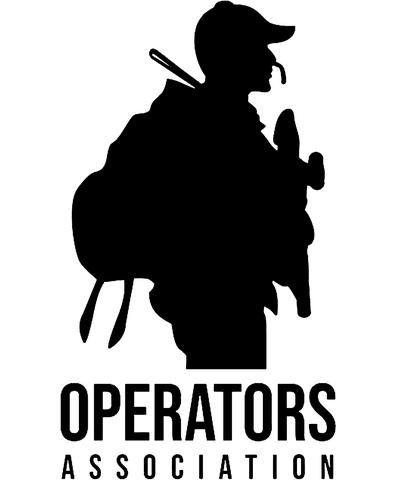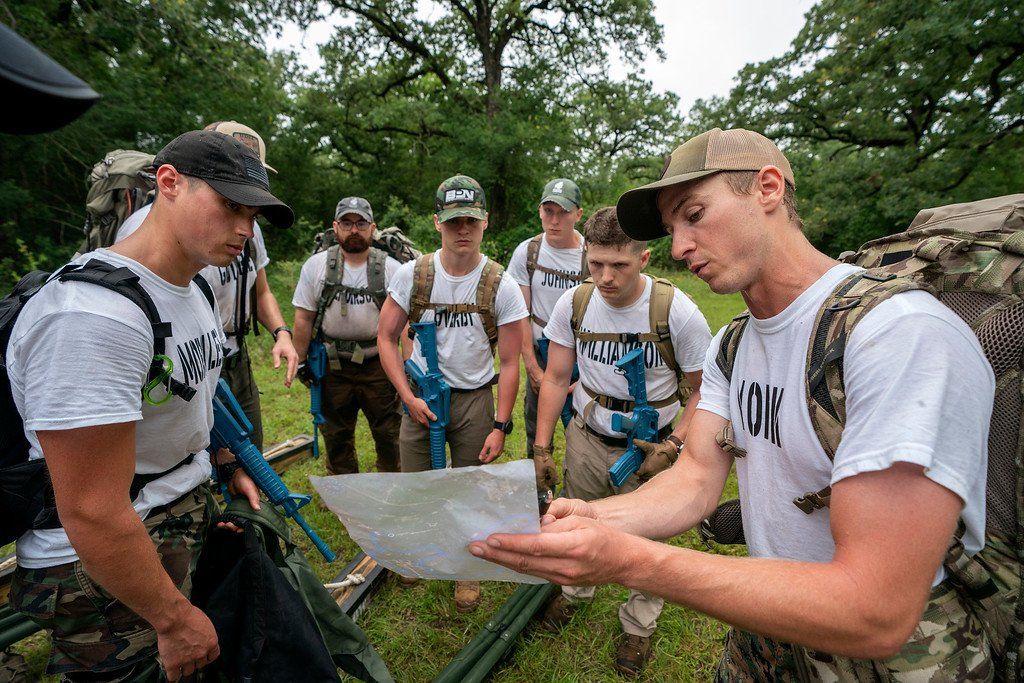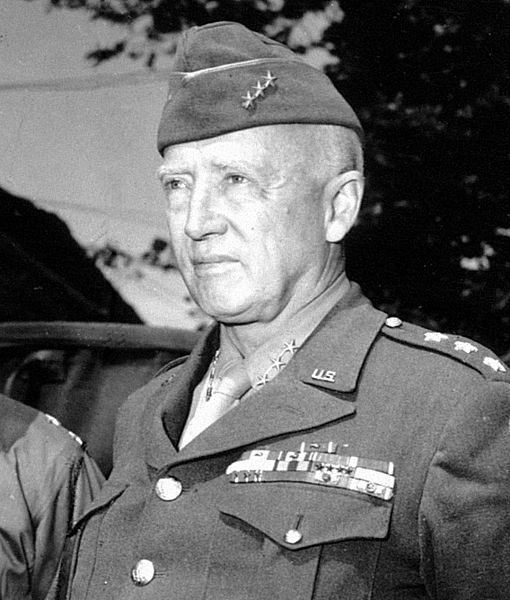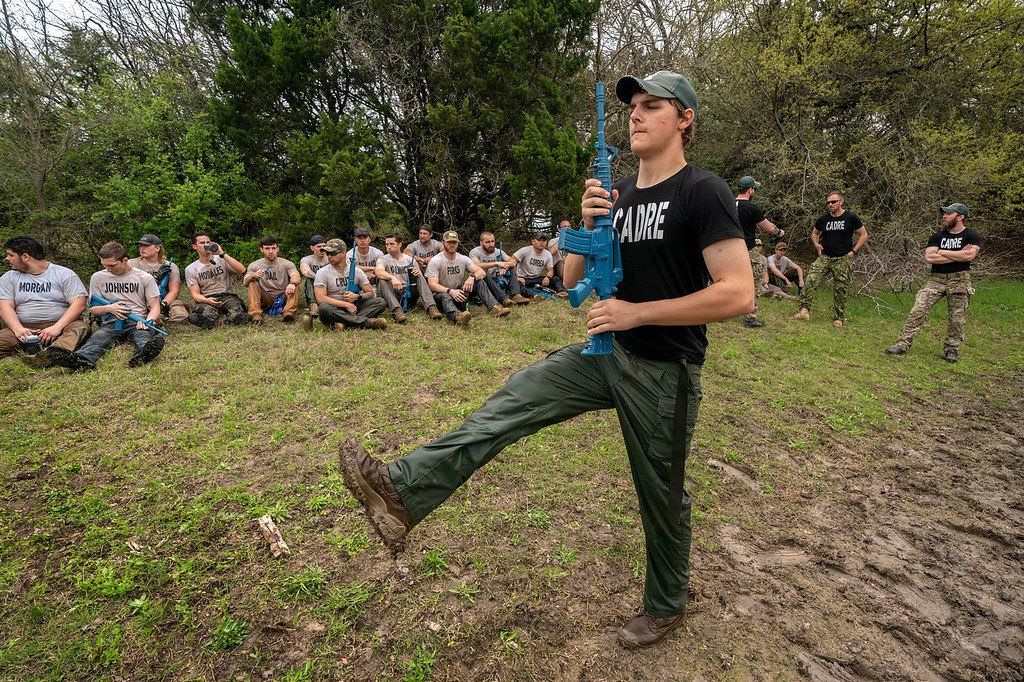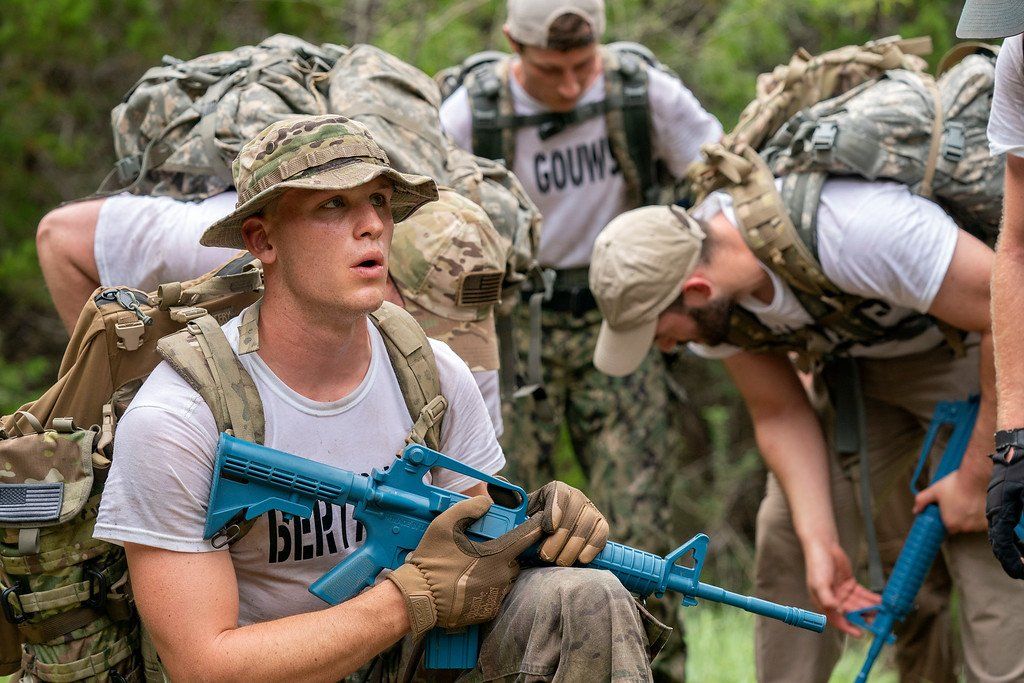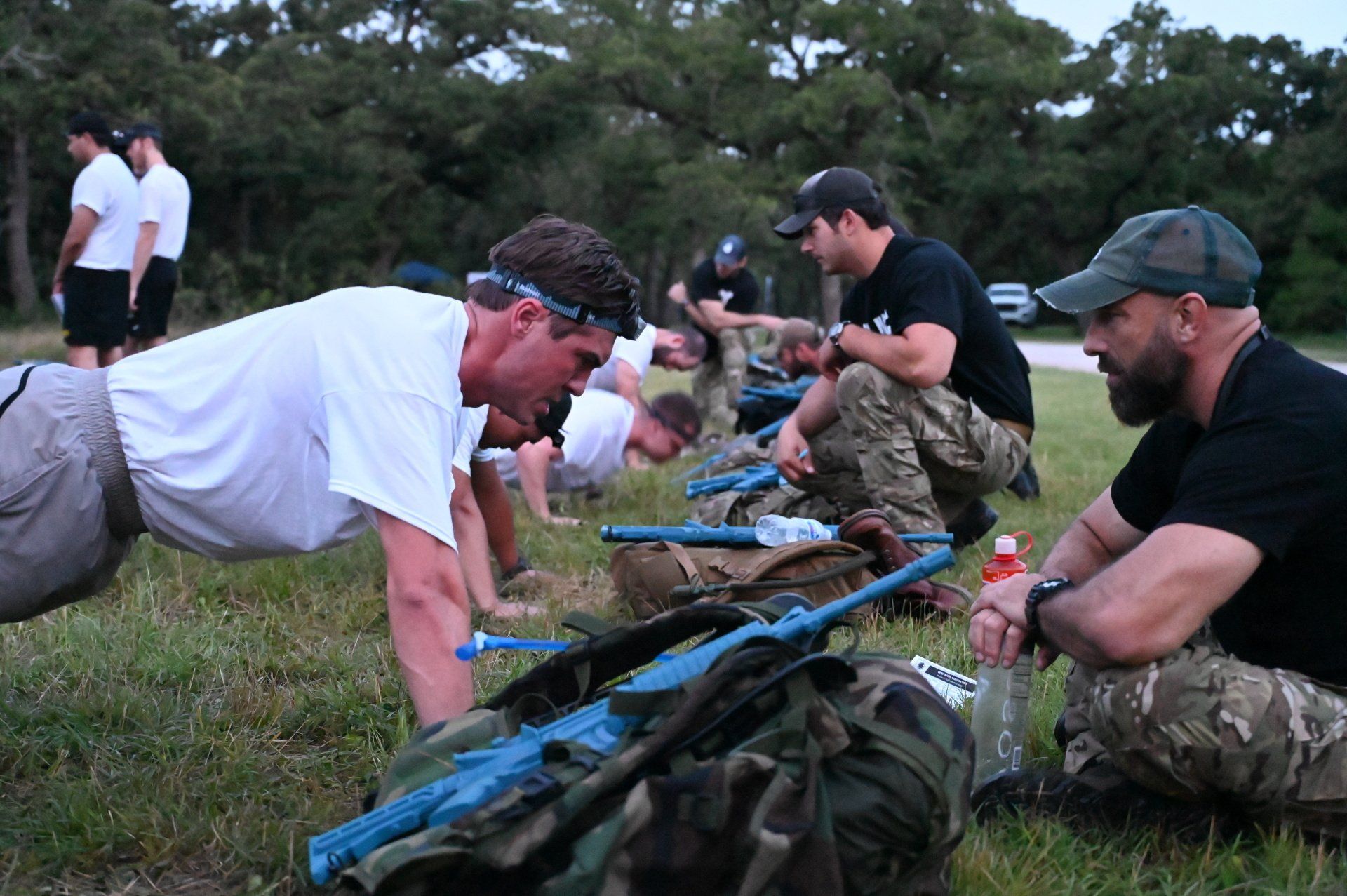How to Sleep Like a Soldier
Oct 04, 2021
Tactics for rest and recovery – even in hostile environments.
Muscles are trained at the gym, but they grow in the bedroom. Rest is one of the most crucial aspects of developing consistent, long-term gains in your physical and mental performance. If you are constantly exhausted, you cannot operate at your capacity.
In the modern armed forces, rest has gone from an optional privilege to a key part of military strategy. The better a soldier, sailor, airman, or Marine can sleep, the faster he can recover and get back into the fight. Being properly rested also increases morale, focus, and the rate at which people learn and recall new concepts.
In an old OA guide, we showed you how to start your day like a Green Beret
by establishing powerful morning routines. This time, we’ll give you the military techniques to help you wind down and get your sleep when it counts – even when you’re stressed.
Control Your Breathing
The first step to falling asleep is to get your breathing under control. One of the main ways sleep affects your body is by decreasing your heart rate and the other metabolic functions of your body. With that being the case, it’s nearly impossible to fall asleep with an abnormally fast heart rate. If your heart is beating fast, whether because of stress or physical exertion, you must steady your breathing to gradually lower your heart rate.
The breathing method that Navy SEALs have developed for overcoming stress and anxiety is called box breathing. The pattern for this exercise follows a simple rhythm:
Inhale 4 seconds, Hold Breath 4 seconds, Exhale 4 seconds, Hold Breath 4 seconds
While box breathing isn’t a sleep-specific breathing exercise, it helps you relax, wind down, and lower your heart rate as you try to fall asleep.
Get on Schedule
The military is great at many things, but one thing they truly excel at is staying on schedule. From selection to training courses and overseas deployment, the armed forces always operate on a schedule. From the moment an aspiring soldier, sailor, airman, or Marine joins the ranks as a recruit, their days are planned from the second they wake up to the moment they fall asleep.
Aside from helping develop discipline, routine, and organization, living on a consistent schedule will help you get to sleep. Your body’s circadian rhythm is responsible for determining when you should start falling asleep and when it’s time to wake up. It primarily does this by altering the release of melatonin (the sleep hormone). When you live on a schedule, consistently rising and sleeping at the same time every day, your body will already be primed for sleep when you hit the rack.
Have an Active Day
Your body needs rest to recover from your daily training and workload. With that being said, you must give your body a reason to rest. If you’ve been lounging around the entire day, you’re unlikely to feel sleepy – even if you’ve been awake for a considerable number of hours.
If you want to give your body the activity it needs to help you fall asleep, you must get at least one hour of moderate-high intensity training every day. This can mean lifting weights, running, performing calisthenics, or starting an OA workout guide (click here to browse our curated training programs). Alternatively, if you’re too busy to put an hour aside for training, check out the other guide we made about the Top 4 Quick Workouts for Busy Days.
The Military Sleep Method
At the height of the Cold War, the United States and USSR tried everything to get the upper hand. This led to them performing some strange – and usually ineffective – scientific experiments (including attempts at brainwashing, as well as hiding ballistic missiles within glaciers). Despite this, there were a couple of breakthroughs that we can still apply to improve our performance today – one of which is a sleep technique.
The US Navy Pre-Flight School wanted to figure out how to help fatigued and stressed pilots fall asleep fast in any environment. If airmen could essentially sleep on command, they could conveniently rest between missions and outperform enemy pilots. To make this plan a reality, the school constructed a method that would help its airmen fall asleep in less than two minutes. After six weeks of practice, they were even able to doze off after drinking coffee and with gunfire sounds in the background.
The military sleep method is all about getting relaxed as quickly and efficiently as possible. Here’s how you do it:
- Relax your entire face, including the muscles inside your mouth.
- Relax your shoulders and arms. Let your hands drop to the side of your body.
- Exhale, relaxing your chest and abdomen.
- Relax your legs, calves, and feet. Imagine your body sinking into the bed.
- Clear your mind for 10 seconds by imagining a relaxing scene or repeating a mantra like “don’t think.”
- Continue Step 5 until you fall asleep. It should only take about 2 minutes at most. With consistent practice, you can start falling asleep in under 30 seconds!
Knowledge is power. In selection, even the slightest extra bit of knowledge or strategy can put you ahead of the crowd and help you become an operator. There’s only one problem: in today’s world of viral videos and quick tips, it’s challenging to determine whether or not the advice you find is legitimate. That’s why we created the Operators Association – to help aspiring, future SOF operators achieve their goals and get the guidance they need to succeed. Get started today. Browse our memberships page to find out what we can do for you!
